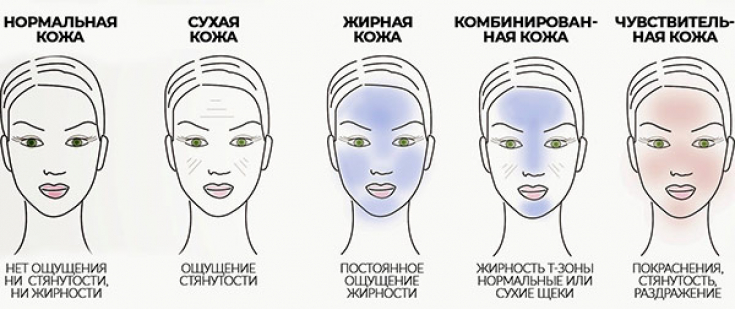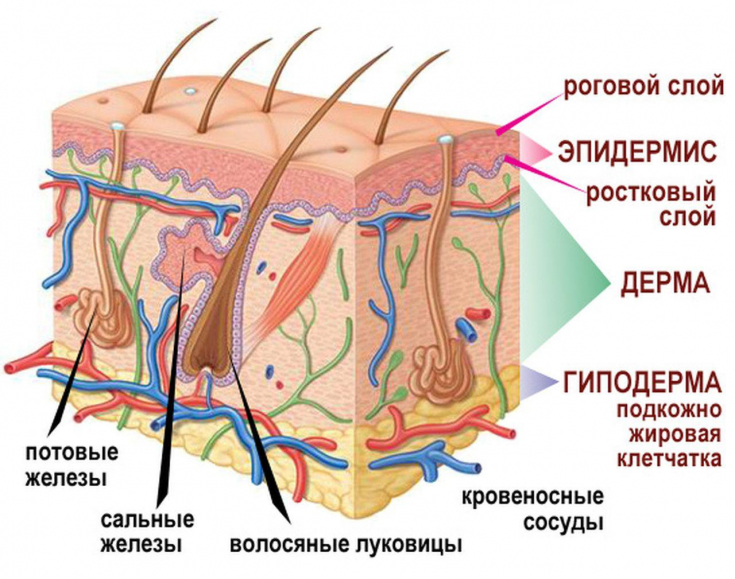Increased skin sensitivity not only causes discomfort to patients, but sometimes it significantly reduces the quality of life. When the skin reacts too strongly to a normal external factor, not aggressive in itself, the doctor has to look for the reasons for such a reaction.
And in order to alleviate this condition, it is necessary to understand the mechanisms of its development, and also take into account that patients experience a lot of subjectivity in its perception.
How to deal with the peculiarities of pathological skin reactions to stimuli, found out estet-portal.com.
What is the pathogenesis of inadequate skin response to irritation
C-fibers are responsible for the skin reaction to external stimuli – the thinnest nerve endings, devoid of membranes and therefore very sensitive. They fit almost to the very surface of the skin.
Follow us on Instagram!
Scientists note that people with skin hyperreactivity have a much higher density of such fibers than usual.
The number of sensory C-fibers in the skin of the face and neck significantly exceeds that in other areas of the human body.
When exposed to an irritant on the skin, the first reaction is usually the strongest. Then two scenarios can happen:
• the skin gradually adapts, the sensitivity of the nerve fibers weakens;
• sensory fibers are hyperactivated and provoke a cascade of neurogenic reactions, resulting in itching, inflammation, and vascular disorders.

There are two theories regarding the causes of hyperreactivity. One of them concerns damage to cell membranes. It is believed that substances capable of irritating the skin can destroy membrane phospholipids. Because of this, a lot of fatty acids are released, they trigger inflammatory processes, while C-fibers are irritated.
According to another theory, the destruction of the stratum corneum of the skin is to blame for the increased irritation of the nerve endings. If its integrity is broken, the permeability for bacteria increases, which means – cells of the immune system are activated and trigger the cascade of inflammation, C-fibers are irritated.
How does the skin react to external irritation
International classification offers three types of skin hypersensitivity:
• skin that reacts inadequately to environmental influences;
• skin too sensitive to cosmetics;
• hyperreactive skin that becomes inflamed in response to inappropriate cosmetics, irritating external factors, stress.
Inadequate reaction to irritants can be given by both dry skin, and oily, and combined. Dry is characterized by increased sensitivity to stress, improper care, temperature changes. This is due to the small number of sebaceous glands in it.

Areas of too strong sensitivity are most often concentrated on the face (especially in the eyelids), less often on the neck and scalp. This is because sensory nerve C-fibers are not evenly distributed in the skin. Possible manifestations of increased reactivity:
• erythema;
• xerosis;
• flaking;
• telangiectasia;
• seborrheic or atopic dermatitis.
Subjective complaints from patients usually include a sensation of itching, tightness of the skin, burning or stinging. Clinical manifestations in this case may not be detected. Sometimes these signs appear immediately after exposure to the stimulus, but they can also make themselves felt after some time. In severe cases, the hyperreactive skin becomes unbearable for the patient.
How do atypical forms of skin lesions appear
When assessing the condition and choosing a treatment strategy, it must be remembered that the subjective sensations of the patient may be stronger than the actual clinical condition of the skin.







Add a comment